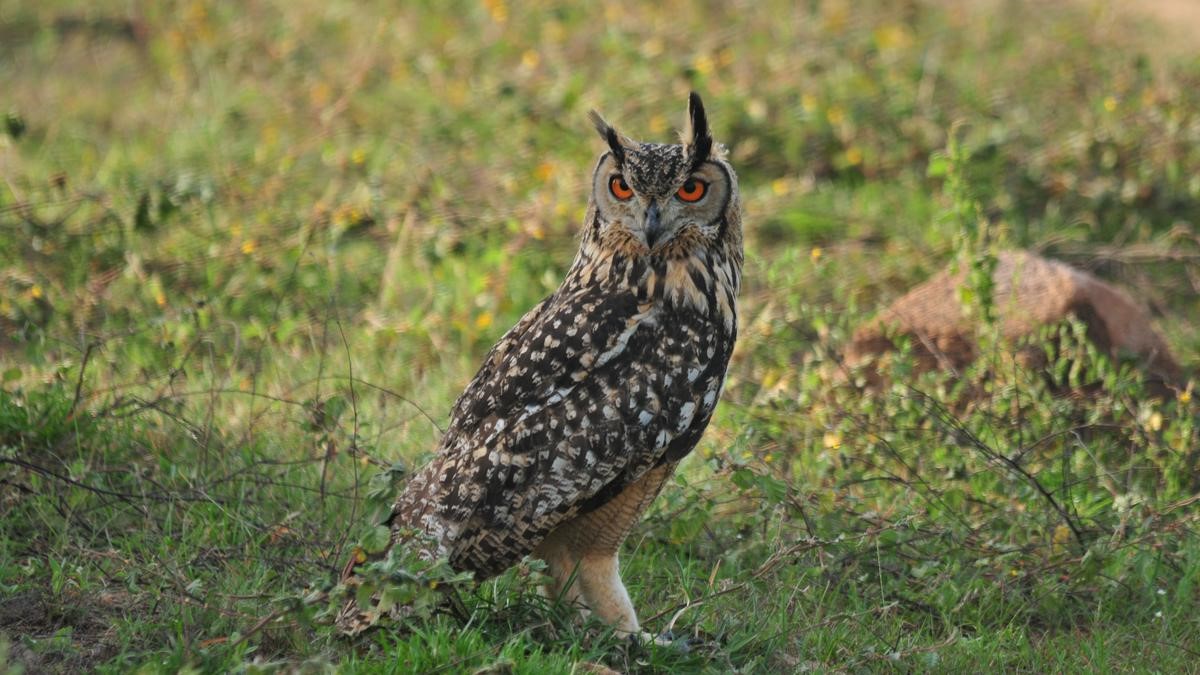Free Courses Sale ends Soon, Get It Now


Free Courses Sale ends Soon, Get It Now



Disclaimer: Copyright infringement not intended.
Context
Details
Unique Physical Attributes
Size and Appearance
Nocturnal Nature
Habitat and Range
Myths and Superstitions
Agriculture and Conservation
Breeding and Nesting
Conservation Status
Conclusion
The Indian eagle-owl emerges as a captivating and intriguing species, merging cultural beliefs, ecological benefits, and a need for conservation. As India's birding community expands its focus to nocturnal species, the Indian eagle-owl may emerge from the shadows of superstition to find its rightful place in the realm of avian research and conservation. In the end, unraveling the mysteries of this majestic owl contributes to our broader understanding of the intricate web of nature and its intersection with human culture.
|
PRACTICE QUESTION Q. Which of the following statements about the Indian Eagle Owl (Bubo bengalensis) is true? a) The Indian Eagle Owl is primarily active during the daytime. b) It is only found in dense forests and jungles. c) The Indian Eagle Owl has distinctive ear tufts that resemble horns on its head. d) It feeds exclusively on fish and aquatic creatures. Answer: c) |
https://www.thehindu.com/sci-tech/science/the-enigmatic-indian-eagle-owl/article67158707.ece
© 2024 iasgyan. All right reserved